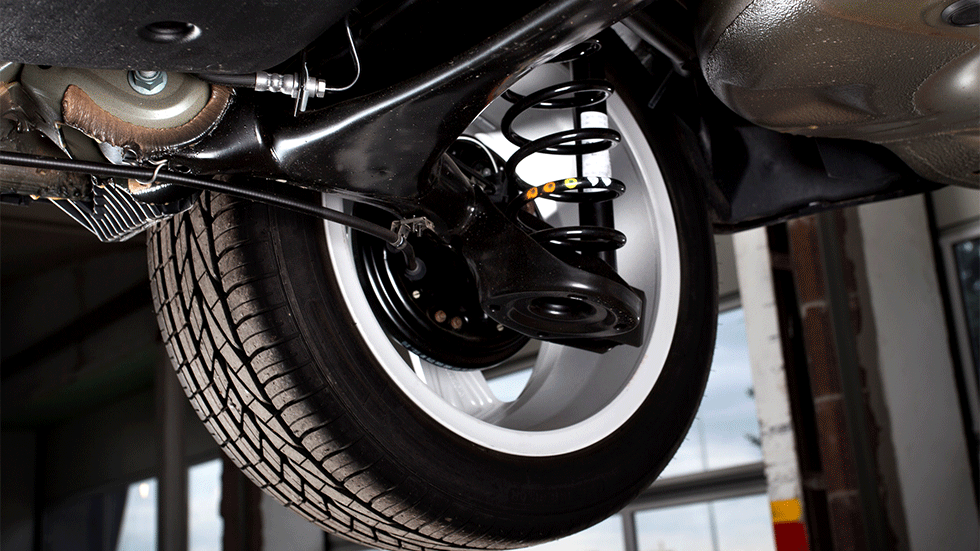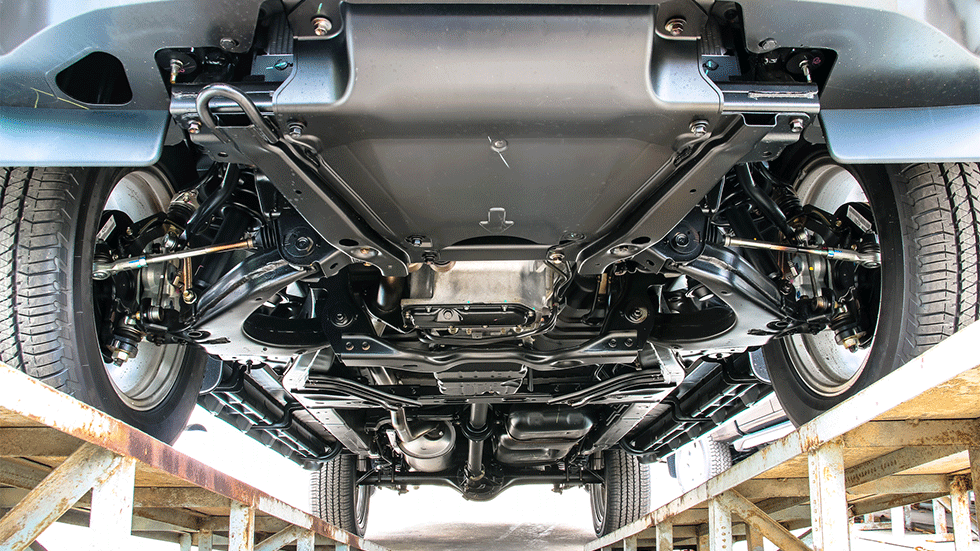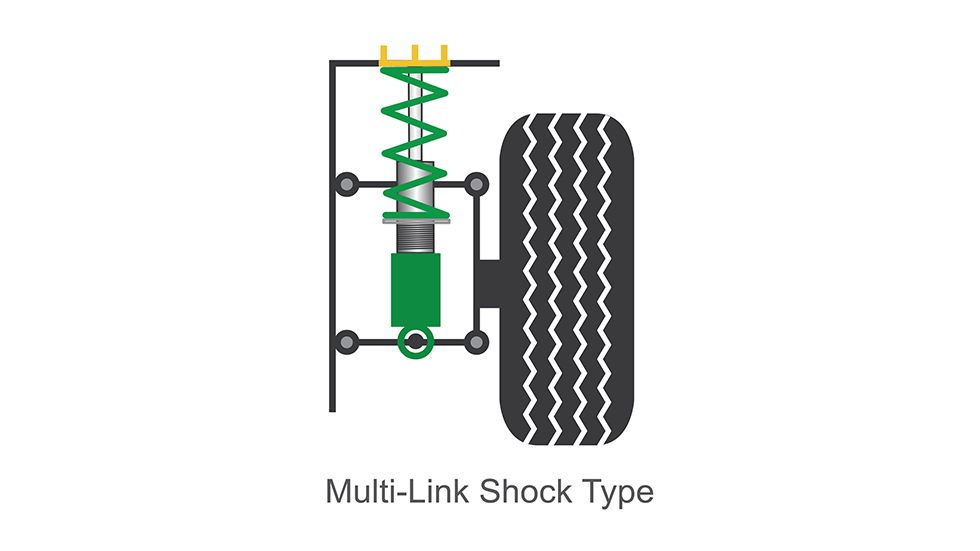What's The Difference Between Shocks and Struts
Read about what makes shocks and struts different, what they do, and how to find out what your vehicle uses


The suspension systems on vehicles don't just smooth the ride for drivers and passengers, but they also help your tires maintain their traction over different road surfaces and varying weather conditions. By keeping your tires pressed firmly to the surface of the road, your suspension also controls the vehicle’s body movement, keeps wheels aligned, and improves steering, handling, and braking—among other important tasks.
Vehicle suspensions come in a variety of types and configurations, but two of its main components, shocks and struts, are often misunderstood and mistaken for one another. In this article we're going to look at struts and shocks to better understand the function of each as well as how they perform different functions on your vehicle.
ARE SHOCKS AND STRUTS THE SAME THING?
Although both suspension components assist with ride quality and handling, each works in different ways to do it.

SHOCKS:
A shock is an individual suspension component attached to a wheel assembly that consists of a piston, rod, and spring. The shock pushes against hydraulic fluid to dampen bumps and vibrations from driving. The shock’s sole function is to control the spring movement as your vehicle encounters bumps and vibrations over the road surface, smoothing out your ride. As your shock works, it also helps transfer kinetic energy into heat, which dissipates through the hydraulic fluid inside the shock.
Shocks are typically velocity sensitive as well, which means that the faster the suspension moves, the more resistance against movement the shock provides, allowing your suspension to adjust for varying road conditions.

STRUTS:
A strut is like a shock in that it dampens bumps and vibrations. They are also velocity sensitive to provide a range of resistance over different surface types and roughness. The main difference between the two is that a strut functions as a structural component of the vehicle, helping support its weight and keep wheels aligned. The strut attaches to the frame of your vehicle, which means they are usually more complex since they must provide more than just ride dampening. Struts are integral pieces of the suspension that take several different suspension components and fit them into a compact package. More complex than a shock, struts help bearing the body weight and side load of the vehicle.

DOES MY VEHICLE USE SHOCKS or STRUTS?
To answer this, you'll need to consult your owner's manual, but many vehicles use both. Struts, due to their structural support, are often used at the front of front-wheel-drive vehicles with shocks mounted on the rear.
Whether your vehicle is fitted with shocks, struts, or a combination of both, you won’t be able to interchange these parts. Whatever shock/strut configuration your vehicle suspension comes with is what you’ve got for the life of your vehicle.
